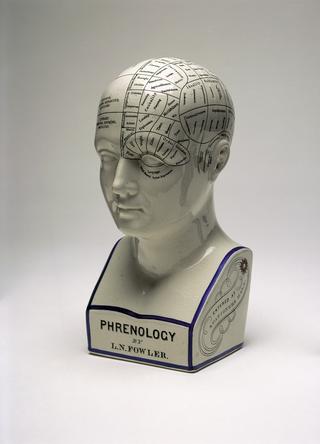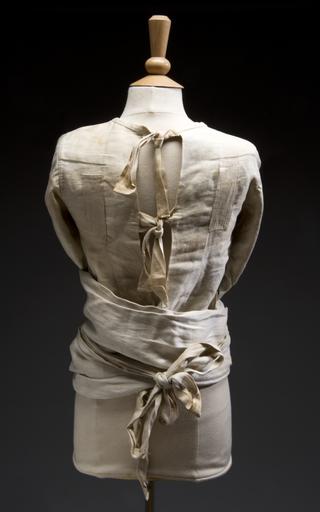












Goniometer, Broca, boxwood, probably French, from Charriere, Collin and Gentile collection, c. 1870
Does a bigger head mean a bigger brain? Logically it might seem that it does, especially as humans have relatively large brains for their body size compared to other animals. However, within human populations, there is actually no relationship between intelligence and the size of the head – or brain.
So why was this object used to measure skulls? In many ways, it was part of the scientific reaction to the ideas of Charles Darwin. His theory of evolution was so radical and startling that it prompted some scientists to look for clear evidence to prove human evolution. This instrument was designed to measure of the angle of the face. Many scientists believed that the closer the angle of the face to that of an ape, the lower down the evolutionary scale that individual was.
What were the results? European scientists overwhelmingly decided that Europeans had superior characteristics in comparison to other groups. But when their work was reviewed in the 20th century, it became obvious that their initial assumptions had influenced their work and produced biased results. Unfortunately, their mistaken belief that some human groups were more evolved than others did much to inflame racial prejudice and persecution. The shape of your face, the size of your head, and the angle of your brow, none of these affect your intelligence or potential. But do we sometimes slip into a similar way of thinking when we judge people on how ‘smart’ they look?
Details
- Category:
- Psychology, Psychiatry & Anthropometry
- Collection:
- Sir Henry Wellcome's Museum Collection
- Object Number:
- A606307
- Materials:
- boxwood and brass (gilt)
- type:
- goniometer
- credit:
- Drouot




